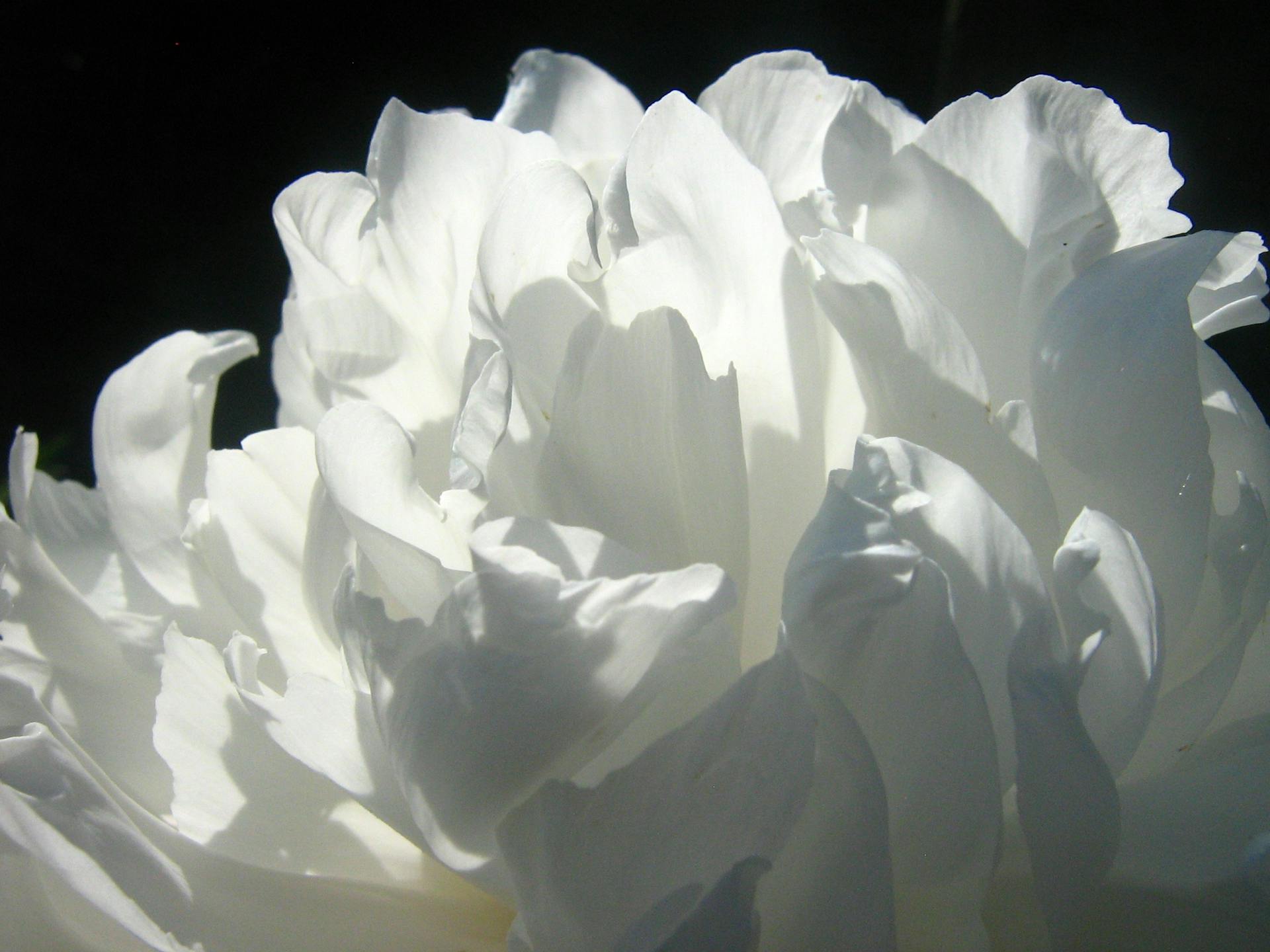Thought — 2 Min Read
Enter Artists
by Case Greenfield, August 5th, 2024
Thought — 2 Min Read
Enter Artists
by Case Greenfield
August 5th, 2024
The one thing that AI cannot do is make a profound connection from human to human. I strongly believe that that is the direction artists are forced to go by AI. And, maybe that isnt all bad. Maybe, it isn’t bad at all. Maybe, even, it is really good.
Recently, I wrote a story (Exit Artists) about how AI, artificial intelligence, may make artists as we know them today irrelevant. Replaced by a machine, like so many workers in history have been replaced by machines. The story is a bit provocative, I admit, but still, there is a lot of relevance in it, I believe. And I know, the topic is controversial and very vividly, often fiery, discussed by broad audiences from artists, philosophers, business people to programmers. And it causes hefty emotions, among artists, obviously, and among art lovers in general.
The least one can say is, that similar to the way how photography has changed art, AI will change both artworks and the practice of making art. I elaborated on that in my previous story, Exit Artists. Picasso claimed that photography liberated artists. And, it did. So, maybe, we better start accelerating the inevitable.
Now, I do understand the hefty emotions among some artists, today. Fear of losing your livelihood. Or worse, fear of losing your identity, your self-image, the idea that you are somehow special. The harsh truth is, that these are emotions, that are rarely helpful.
Rather, I would like to ponder about what new role artists may find in the era of AI, and what the identity, the self-image is, that fits with that.
A new role for artists
So, what can this new role be? Well, it seems reasonable to assume that the added value of the human artist, hence, the focus of the human artist should be on the things humans can do better than AI. Just like painters using a brush rather than their fingers. In an earlier story, AI Liberating Artists, I asked ChatGPT to make a list of activities in which AI can support or replace the human artist.
The answer? A lot! To be honest, practically in every aspect of the artistic process, both in the creative process creating digital artworks, as well as in the actual proces of transforming digital art into physical artworks. Actually, in theory, AI could well replace the artist in many cases, as is expressed in my story Exit Artists.
So that’s it? Exit artists?
Well, not quite. Not so fast.
The one thing that AI cannot do is make a profound connection from human to human. I strongly believe that that is the direction artists are forced to go by AI. And, maybe that isnt all bad. Maybe, it isn’t bad at all. Maybe, even, it is really good. I talked about this in my earlier story AI Liberating Artists.
So, I suggest to start using AI as a versatile tool in all aspects of the artistic process. Just like we use brushes as a tool to put paint on a canvas, and all of our other tools. But, mind you, AI as an artistic tool is still in its infancy. And, I stated before (see my story Bob Ross Pt.1 Technique) that the actual technique that you use strongly influences the end result of your artwork. And, AI has a long way to go to improve it’s technique of producing art.
But still, in the long run, the focus of the artist should be on the interaction with the beholder. That is what I believe.
How? I’m not sure now. Will have to think about that a lot.
And by the way, here’s a funny thought. You may know, my first art project was the Blank Slate project, stating that no artist is completely original and that all artists ‘stand on the shoulders of giants’. Nowadays, there is a lot of discussion about AI ‘stealing’ the work of artists, using it as training material for the AI algorithms.
AI stands on the shoulders of giants, just like all artists do!
So, one may easily say that AI, too, ‘stands on the shoulders of giants’. Isn’t that a beautiful round circle for the Blank Slate project!




